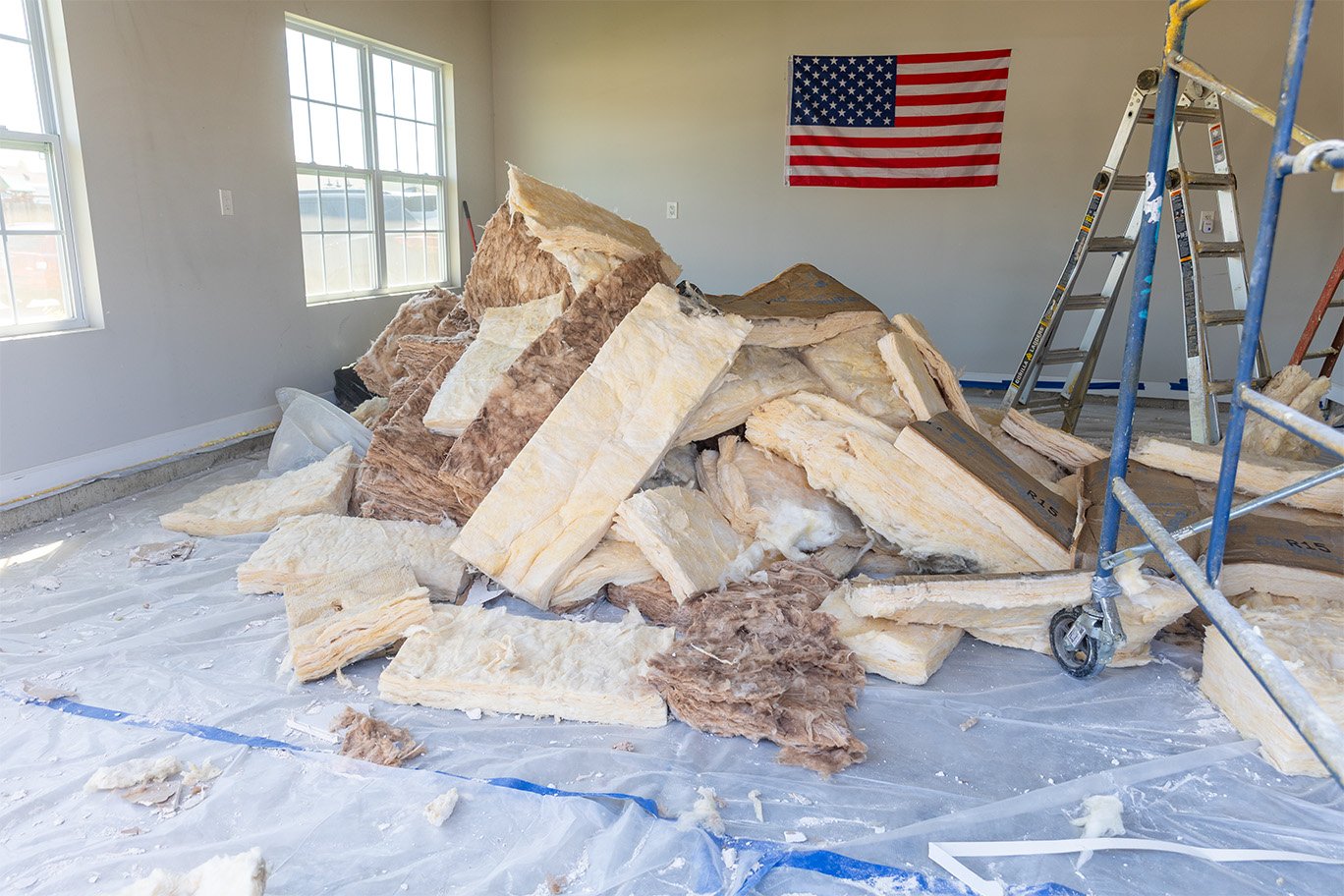
Skip to main content
Search for topics or resources
Enter your search below and hit enter or click the search icon.
Services
Services
Insulation
Concrete Leveling
Concrete Leveling
By Category
About
